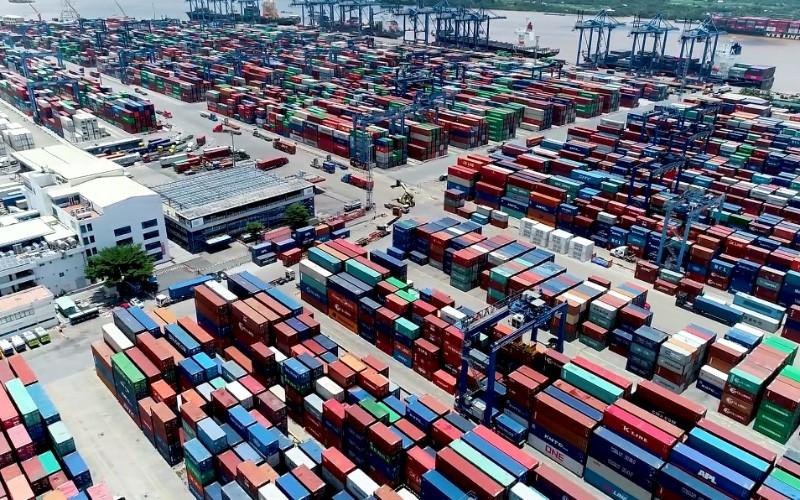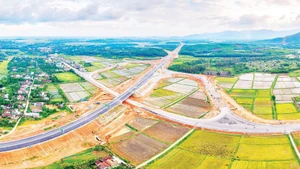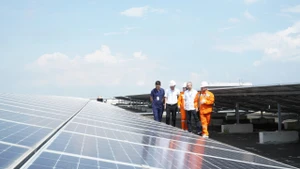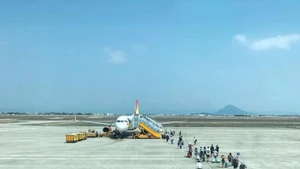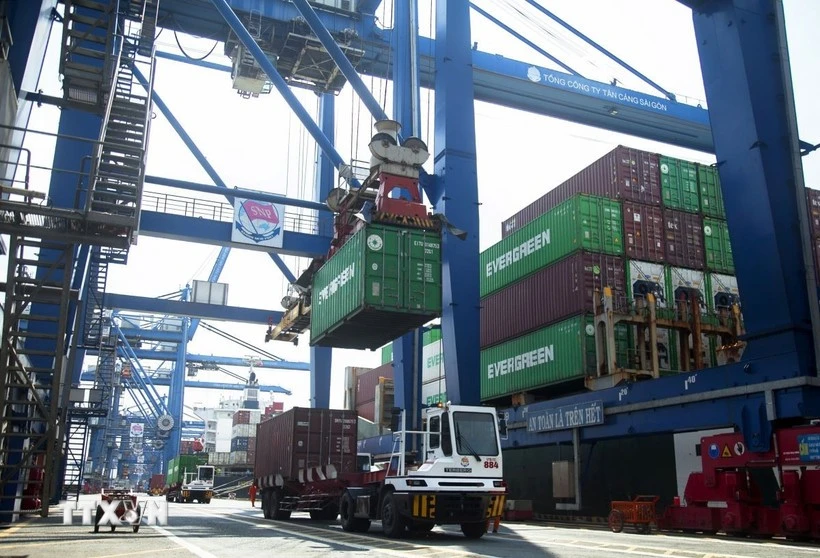In their most recent updates, many domestic and foreign organisations have predicted that Vietnam’s GDP growth in 2022 will likely exceed 7-7.5%, higher than the target set by the National Assembly, while inflation is expected to be curbed at below 4%.
The driver for the Vietnamese economy’s strong rebound is a stable macroeconomic foundation, which has been maintained despite the unprecedented impacts of the COVD-19 pandemic and the Russia-Ukraine conflict.
It can be seen through the stability of major economic balances amid difficulties, with inflation kept under control, an improved standard of living, and Vietnam’s growing reputation on the international arena.
The reality has demonstrated that only when macroeconomic indicators are kept stable can the economy have the ability to withstand as well as the capacity to effectively deal with unexpected developments and make a prompt recovery afterwards.
Continuing to maintain macroeconomic stability is both an urgent and strategic requirement, as well as a high and consistent task in the coming time to help successfully realise the five-year and yearly socio-economic development plans.
According to experts, strengthening the macroeconomic foundation lies not only in fiscal policy, monetary policy or price management, but also in addressing obstacles for enterprises in restoring their production, helping the economy to run smoothly, opening the market flows, and effectively tapping into societal resources.
Therefore, an urgent task to maintain macroeconomic stability and safeguard the fruits of economic growth in the time ahead is removing bottlenecks to promote public investment disbursement in order to soon put projects into operation and create a spillover effect on the overall economy.
Measures are needed to enhance the resilience of the financial and monetary markets, restore the labour market, fine-tune the social security system to protect workers against shocks, coordinate fiscal and monetary policies, and implement the socio-economic recovery programme more effectively.
Macroeconomic stability is an important factor in stepping up the restructuring the economy, changing the growth model, and enhancing the competitiveness of the economy. It is also the key to the country’s recovery and development in the coming period.
